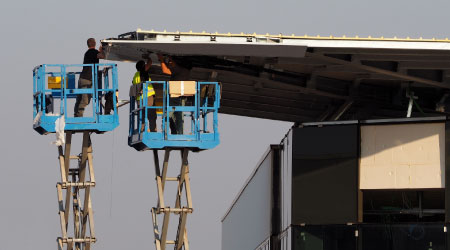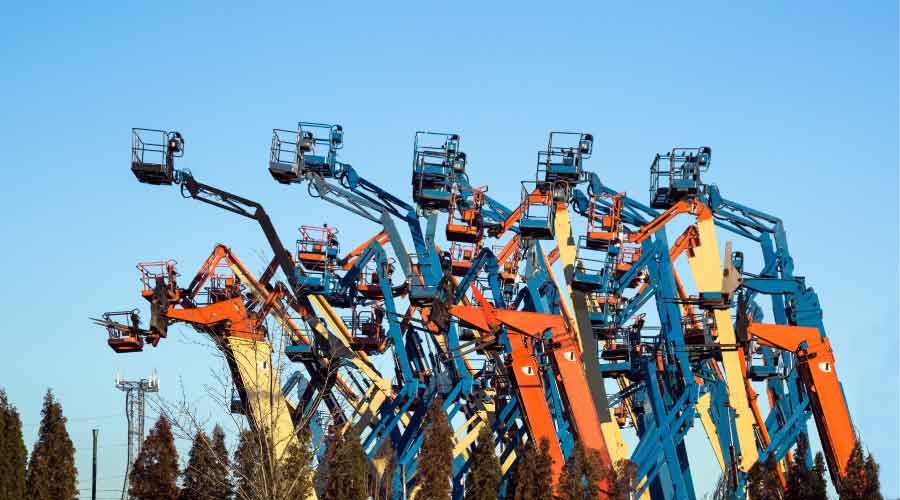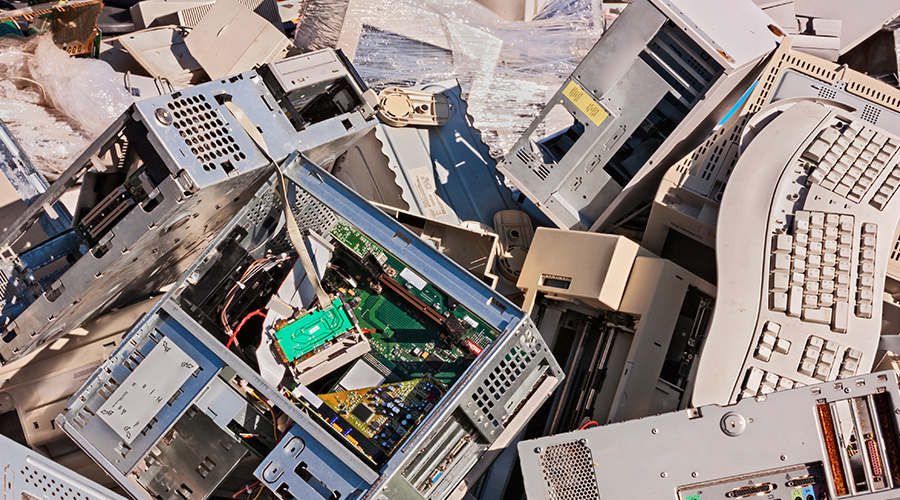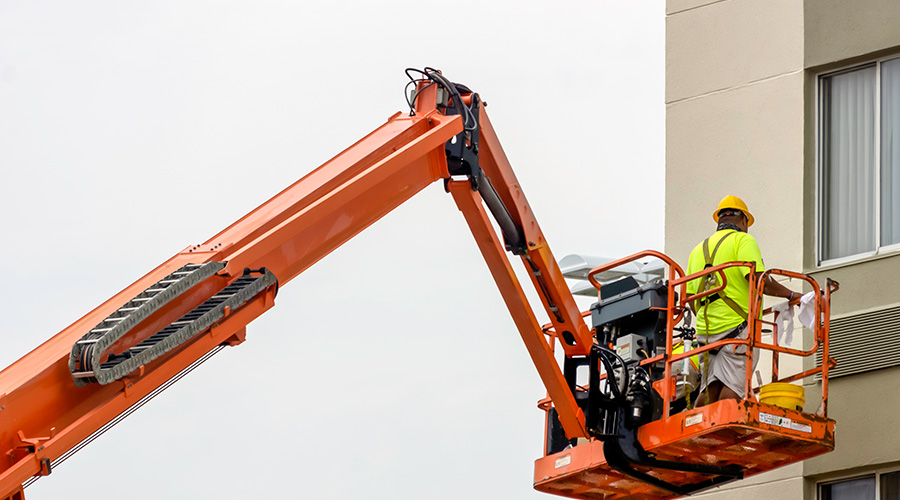Safety First with Lift Equipment
Managers must work with technicians to establish effective maintenance and inspection plans for mobile elevating work platforms.
Mobile elevated work platforms (MEWPs) are workhorses for many institutional and commercial facilities. Maintenance and engineering departments rely on them for a range of tasks, from performing general maintenance and repairs to replacing light fixtures and accessing air ducts for HVAC inspection.
Considering their importance to maintenance teams, it is vital that managers keep MEWPs operating to meet their demand. Whether the MEWP is a scissors, boom or vertical lift, it sees regular use, often in dangerous conditions.
Handling MEWPs with care is vital, so it is critical that managers establish a strong maintenance culture for MEWPs.
Mechanic concerns
When an airplane needs repair, the airline does not ask the neighborhood auto mechanic to fix a turbo engine. It goes to a trained airplane mechanic who knows that specific engine. Similarly, when MEWPs need maintenance, managers need to take a similar approach.
“The mechanics need to be trained and this is a huge issue,” says Tony Groat, North America regional manager for the International Powered Access Federation (IPAF), a nonprofit organization focused on the safe, effective use of powered equipment. “They must be trained by a qualified person to inspect and maintain the equipment, and the inspections must only be performed by a person qualified to inspect the specific make and model.”
To prepare mechanics working on MEWPs, Groat says managers need to answer the following questions:
- Do mechanics have access to the manufacturer’s service and repair manuals?
- Are they using a part or component that is identical or equivalent to the original part or component?
- Are they trained operators and aware of the safe use and risk from operations?
- Do they know the requirements for the required inspections and repairs in the standards and as specified by the manufacturer?
- Are they exposed to new manufacturers and models that have new systems?
- Is the machine registered with the manufacturer to obtain safety-related bulletins?
- Do they have experience to know what to do when faced with malfunctions or just operating characteristics?
Managers also need to stay on top of safety updates or recalls to machines and alert mechanics in order to keep the fleet operating safely. Mechanics also need training in how to operate the machines they are working on.
“Make sure they have access to safety related bulletins,” Groat says. “If you have a piece of equipment and there’s a safety recall or some safety bulletin on that piece of equipment and you don’t know about it, you’ll need to work on it and fix it. These machines need to be registered with the manufacturer, as well.
“The mechanics should also be trained operators. They need to know how to operate it safely. They have to drive the machine to make sure that it’s functional. So they must be aware of the hazards that are part of it, know the requirements required for inspections or repair that are defined within IPAF standards and the manufacturers.”
Dave Lubach is the executive editor for the facilities market. He has more than eight years of experience covering facilities maintenance and management.
Related Topics:













